
The Dramatic Dance: How Artists Use Light and Shadow
Explore how artists use light and shadow dramatically, from historical techniques like Chiaroscuro and Sfumato to modern art and photography. Discover how it shapes emotion, composition, and storytelling, with personal insights from an artist.
The Dramatic Dance: How Artists Use Light and Shadow
There's something utterly captivating about a painting where light seems to leap off the canvas, or where shadows hold secrets you can almost feel. As an artist, I've spent countless hours wrestling with this fundamental element – light. It's not just about showing what's there; it's about how you show it, what you reveal, and what you deliberately hide. It's a dramatic dance, and mastering it is like learning to speak a powerful, silent language.
Think about it. Light and shadow, or chiaroscuro as the fancy term goes, isn't just a technical skill. It's the artist's way of manipulating your emotions, guiding your eye, and telling a story without a single word. It's the difference between a flat image and one that breathes, that has depth, mystery, and life. It's the very foundation of creating form on a two-dimensional surface – without the interplay of light and dark, everything would just be... flat shapes. This fundamental concept, often referred to as value (the lightness or darkness of a color or tone), is where the magic begins.
The Power of Contrast: Chiaroscuro and Sfumato
When we talk about dramatic light and shadow, two classic techniques often come to mind, especially from the Renaissance and Baroque periods, though their principles echo throughout art history:
Chiaroscuro: The Bold Statement
Chiaroscuro (Italian for 'light-dark') is the use of strong contrasts between light and dark, usually bold contrasts affecting a whole composition. It's about creating volume in three dimensions on a flat surface. But more than that, it's about drama. It pulls figures out of the darkness, highlights key elements, and creates a sense of tension and intensity. It's like the artist is shining a spotlight on exactly what they want you to see, leaving the rest in intriguing mystery.
Think of Caravaggio's paintings. His figures often emerge from deep, inky blackness, illuminated by a single, harsh light source. It's not just realistic; it's theatrical. It makes you lean in, wondering what's happening in the shadows. It's a technique that grabs you by the collar and demands your attention. Rembrandt also famously used strong contrasts, though often with a softer, more psychological effect, drawing figures out of warm, deep shadows.
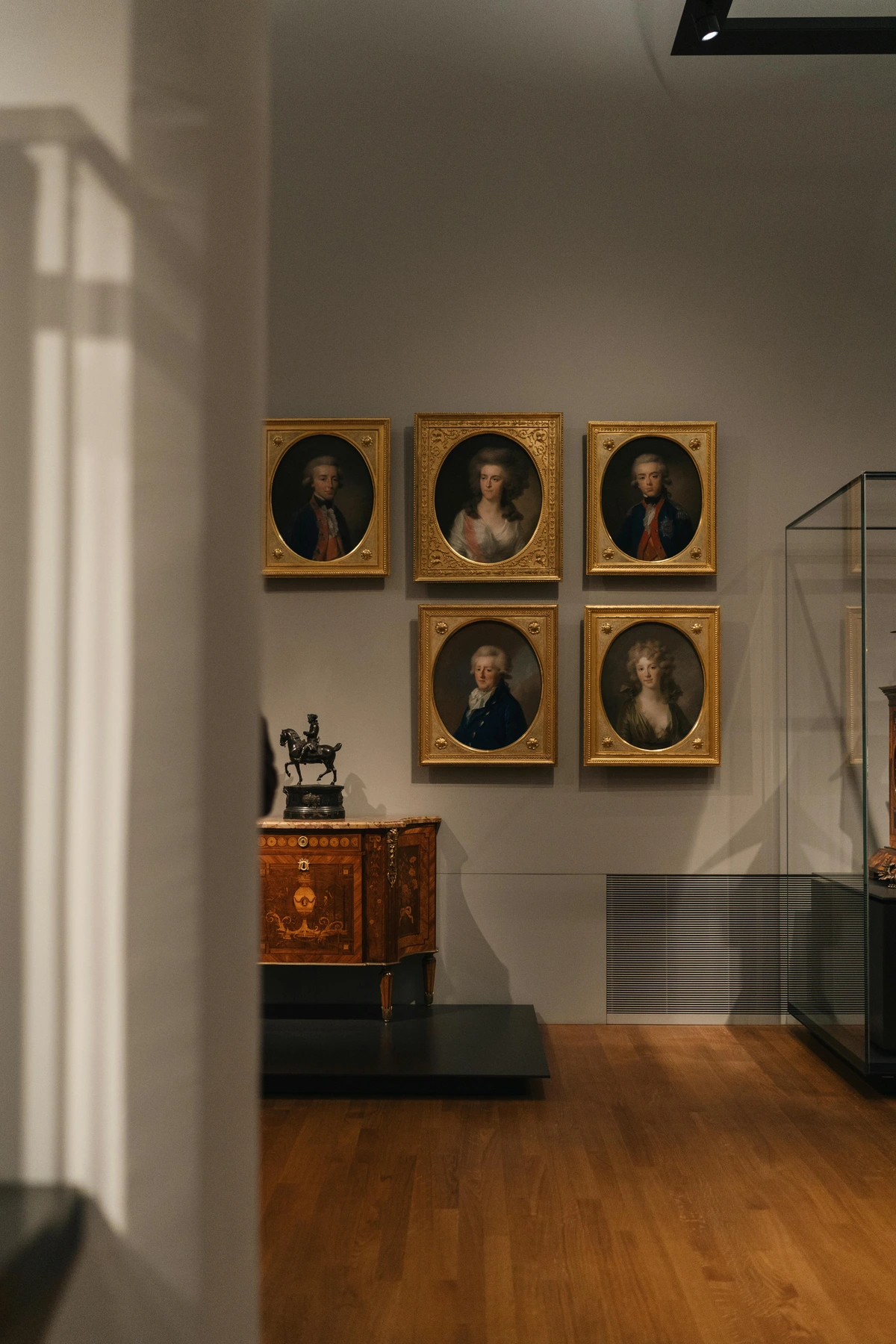
Sfumato: The Gentle Whisper
On the other end of the spectrum is sfumato (Italian for 'soft, vanished, or blurred'). Made famous by Leonardo da Vinci (hello, Mona Lisa!), this technique involves soft, hazy transitions between tones and colors. There are no harsh lines or abrupt changes. It's like looking through a gentle mist, or the subtle way light fades at dusk.
Sfumato creates a sense of softness, mystery, and often, a dreamlike quality. It allows forms to subtly emerge from shadow, giving them a lifelike, almost breathing presence. While chiaroscuro is a punch, sfumato is a whisper – equally powerful, but in a completely different way. It's the visual equivalent of a sigh, soft and lingering.
Beyond Painting: Light and Shadow Across Mediums
While painting offers classic examples, the principles of light and shadow are fundamental across all visual arts. How does this dramatic dance play out elsewhere?
- Sculpture: Here, light and shadow aren't just painted illusions; they are created by the actual form and texture of the object interacting with real light sources. A highly polished surface will have sharp highlights and deep, defined shadows, while a rough texture will create softer, more diffused transitions. Think about how a sculpture looks different depending on where it's placed and how it's lit – the artist considers this interaction from the start.
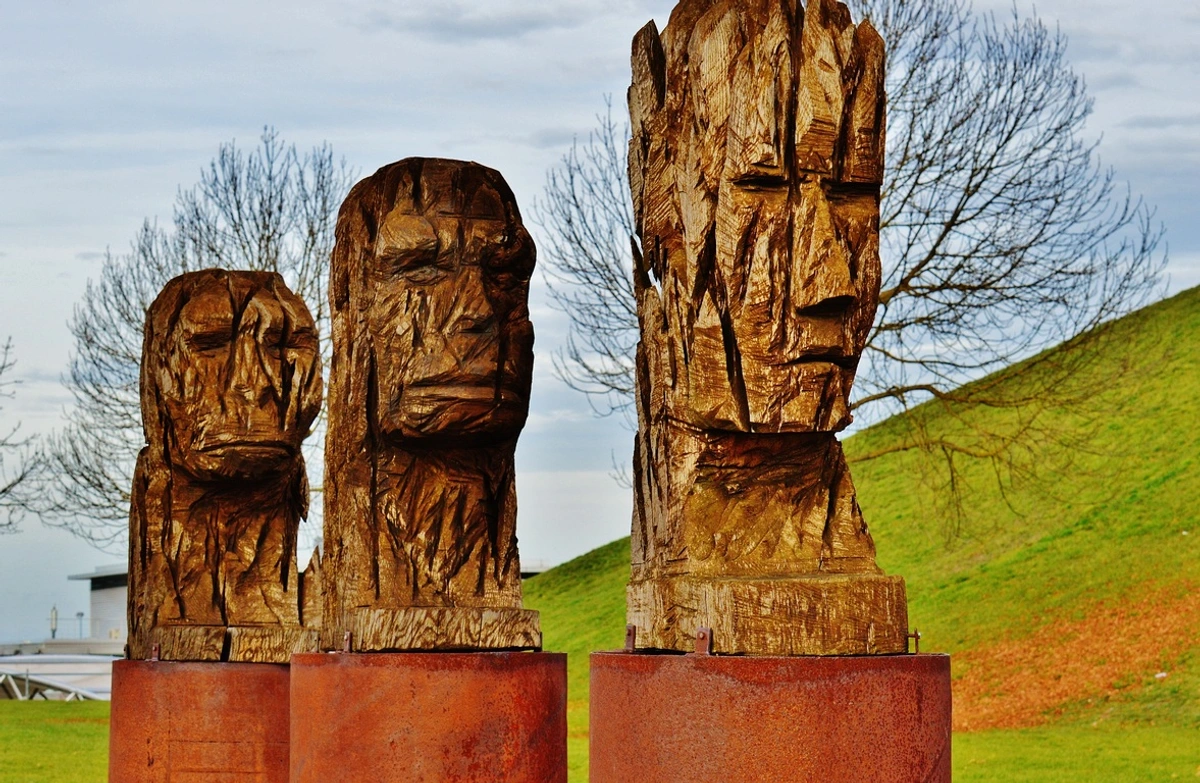
- Photography: Photography is, at its core, the art of capturing light. The photographer uses light and shadow to define their subject, create mood, and guide the viewer's eye, much like a painter. Harsh, directional light can create dramatic contrasts (like chiaroscuro), while soft, diffused light can produce gentle transitions (like sfumato). The photographer is constantly making choices about light sources, angles, and exposure to control the play of light and dark.
- Drawing and Printmaking: Even in purely black and white mediums, artists use line density, hatching, cross-hatching, and shading techniques to build up tones and create the illusion of light and shadow, giving form and depth to their subjects.
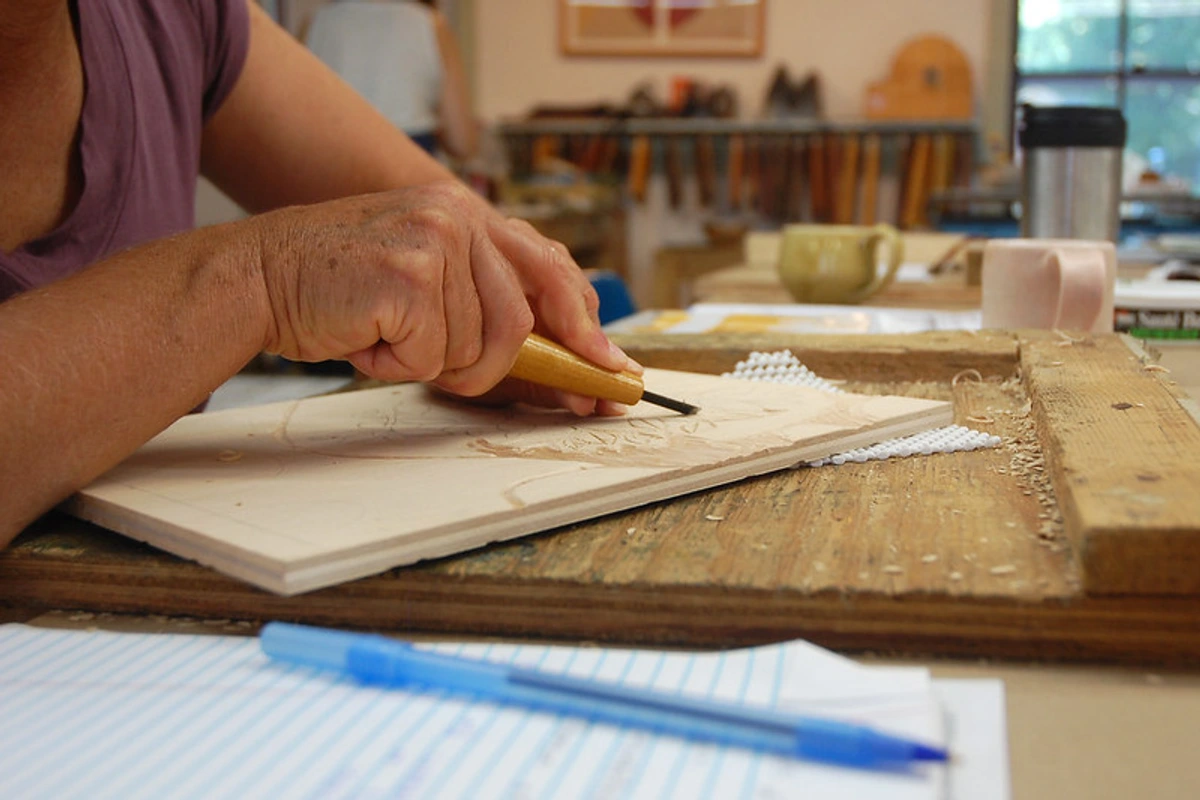
- Digital Art and Film: In the digital realm, artists have even more precise control over light and shadow. They can simulate any lighting condition imaginable to create hyper-realistic scenes or highly stylized, dramatic effects. Film, in particular, relies heavily on lighting design (cinematography) to establish mood, reveal character, and enhance the narrative – think of the stark contrasts in film noir or the soft glow of a romantic comedy.
The Silent Language: Emotion, Composition, and Story
But light and shadow are far more than just historical painting techniques or technical tricks. They are fundamental elements of art that every artist, in every medium, consciously or unconsciously uses to communicate.
- Creating Mood and Atmosphere: How does the light make you feel? Bright, even light can feel open, optimistic, and revealing. Deep, enveloping shadows can create mystery, tension, fear, or melancholy. A single, harsh spotlight can isolate a figure, making them vulnerable or powerful. The direction and quality of light can make a scene feel warm and inviting (like a sunset) or cold and forbidding (like a cloudy, grey day). Consider the difference between the soft, diffused light in an Impressionist landscape like Monet's "Woman with a Parasol" and the stark, dramatic lighting in a Baroque painting.
![]()
- Guiding the Eye: Artists use highlights and shadows like a visual breadcrumb trail. The brightest point often draws your initial attention, and the way shadows fall can lead your eye through the composition, revealing the narrative or the artist's intended focus. It's a subtle game of 'follow the highlight', directing you to key details or figures. This is closely related to composition basics.
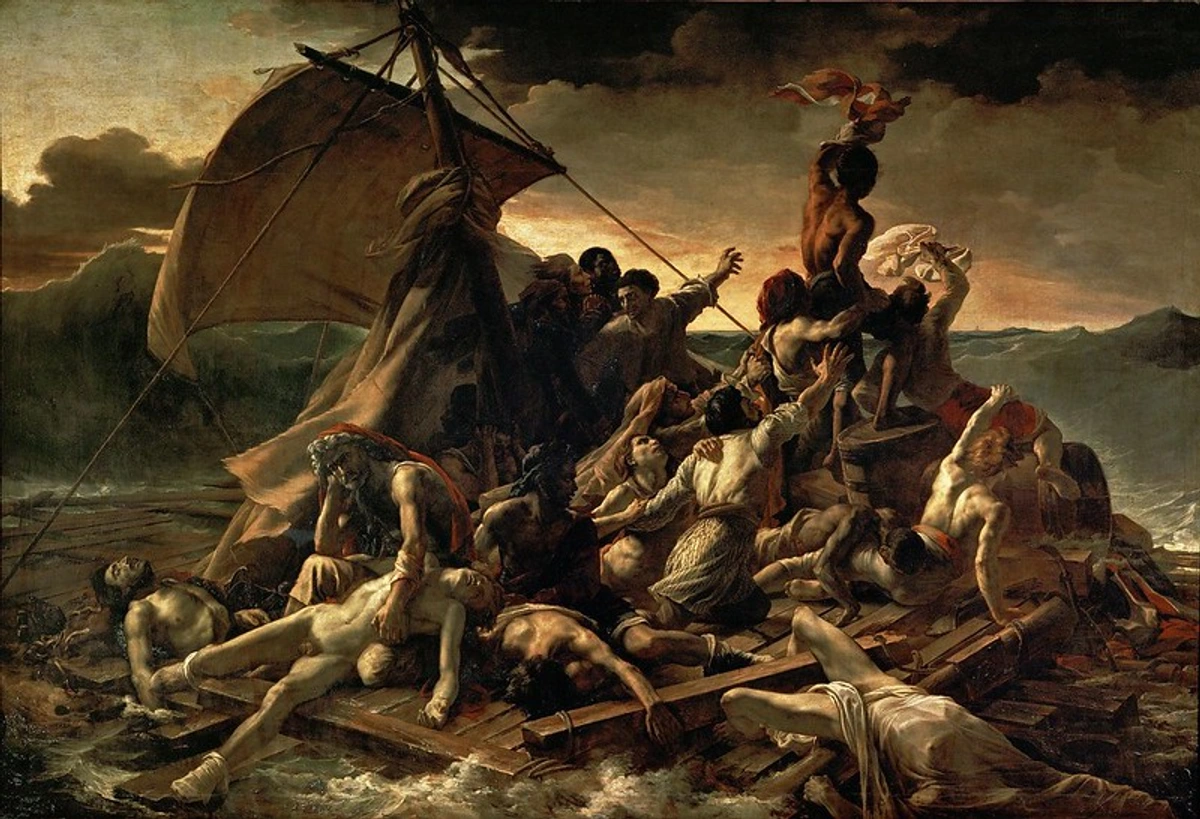
- Defining Form and Space: As mentioned earlier, light and shadow are essential for showing the volume of objects, the curves of a face, or the depth of a landscape. They create the illusion of a three-dimensional world on a two-dimensional surface. Without them, a sphere is just a circle, and a figure is just a flat shape. They sculpt forms out of the void.
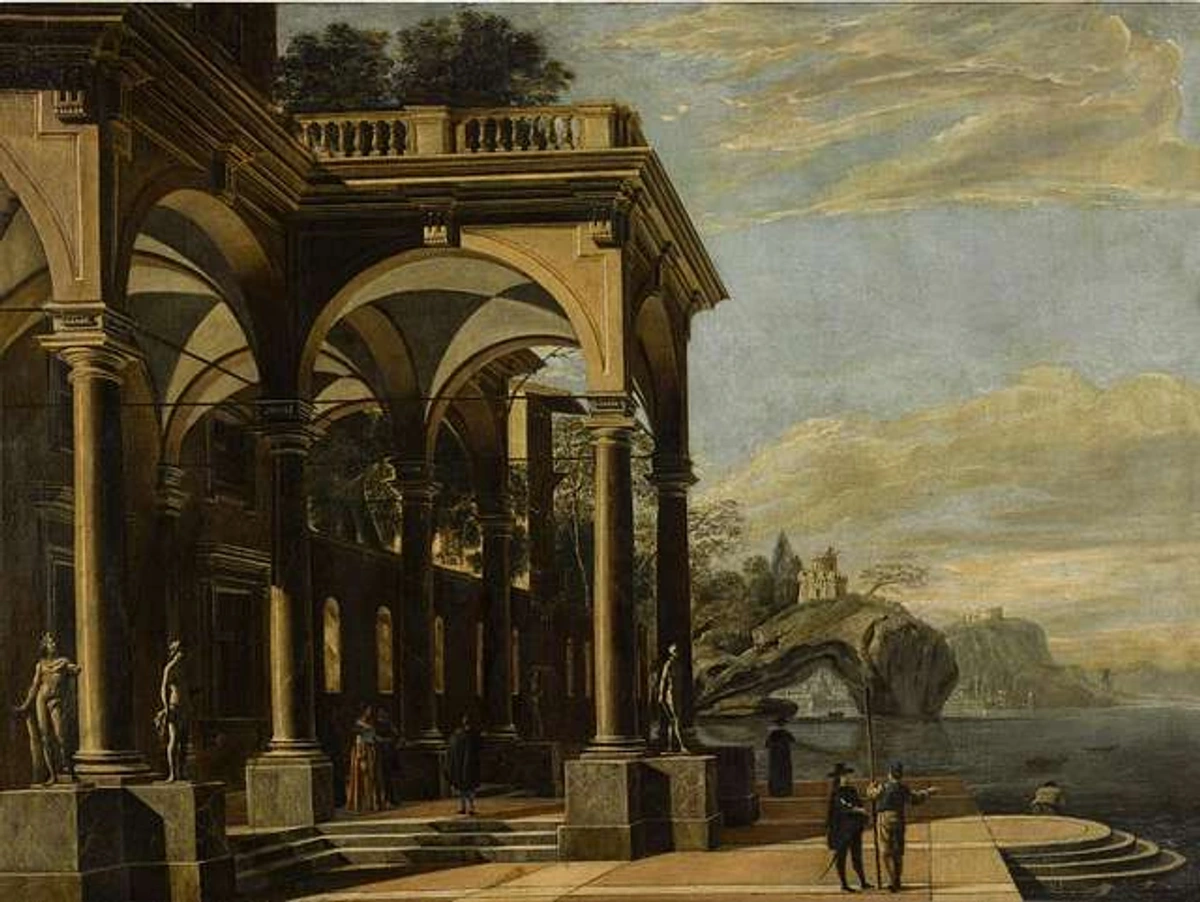
- Telling a Story: What is hidden in shadow? What is revealed by light? This interplay can add layers of meaning to a work. A face half-hidden in shadow might suggest a hidden motive or inner turmoil. A figure stepping into the light could symbolize hope, revelation, or vulnerability. This is visual storytelling at its finest, using light and dark as narrative tools.
My Personal Relationship with Light and Shadow
As an artist working often in abstract forms, you might think light and shadow are less critical than for, say, a portrait painter. But that's not true at all! Even in abstract work, the interplay of light and dark shapes, the texture created by paint that catches the light, and the overall contrast are vital for creating energy, depth, and emotional resonance. It's not about depicting realistic light sources, but about the relationship between values and forms.
I remember struggling early on, making paintings that felt... flat. Lifeless. It wasn't just the color, though how artists use color is a whole other fascinating topic. It was the lack of dynamic range, the absence of that push and pull between light and dark. It felt like shouting in a monotone. Like trying to tell a dramatic story using only mid-grey.
Learning to build layers, to use opaque and translucent paints, to think about the direction of implied light even in non-representational shapes – it was a breakthrough. It allowed my work to breathe, to have a sense of space and movement that wasn't there before. For instance, when I layer a translucent wash of blue over an opaque block of yellow, the way the light seems to filter through creates a subtle depth and vibration that wouldn't be possible with flat color alone. It's still something I actively think about with every piece. It's part of my art inspirations, the quiet conversation I have with the canvas.
If you're curious about my journey or my process, you can read more on my timeline. And if you're interested in seeing how I play with light and shadow in my own pieces, feel free to browse my art for sale.
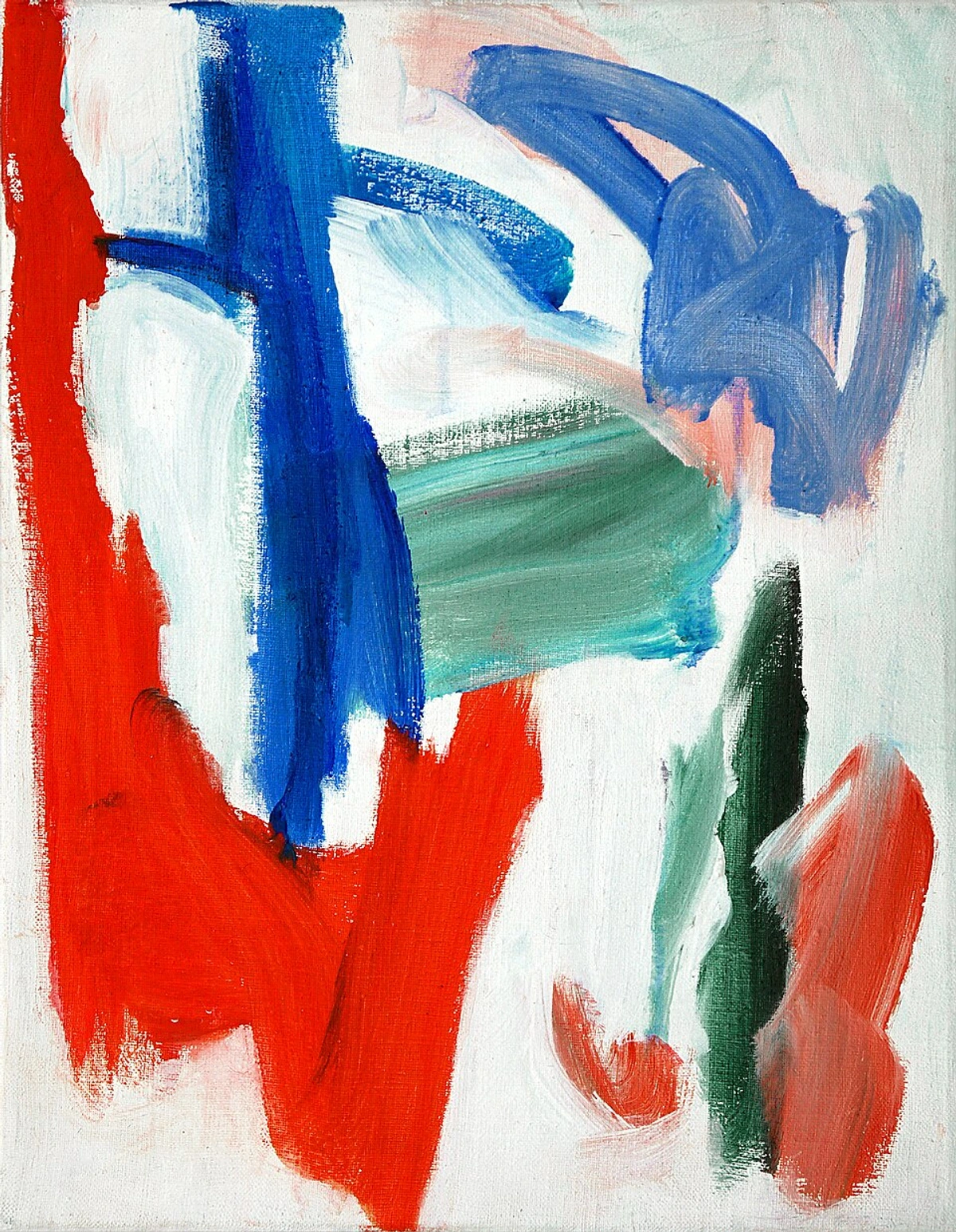
Appreciating Light and Shadow in Art (and Your Home)
Understanding how artists use light and shadow can completely change how you look at art, whether you're in a grand museum or a small local art gallery. It's like gaining a new lens through which to view the world.
When you look at a piece, ask yourself:
- Where is the light coming from? Is it natural or artificial? Strong and focused, or soft and diffused? How does the artist suggest the light source, even if it's not visible?
- What is highlighted? What is deliberately hidden in shadow? Why do you think the artist made those choices?
- How do the shadows make you feel? Mysterious? Calm? Uneasy? Do they create a sense of weight or lightness?
- How does the light define the shapes and textures? Can you almost feel the surface of an object just by how the light hits it?
This isn't just for old masters. Look at contemporary photography, sculpture, digital art, or even abstract paintings. The play of light and shadow is always there, shaping your experience. I remember seeing a contemporary sculpture installation once where the artist used carefully placed lights to cast enormous, distorted shadows on the wall, completely changing the perception of the physical objects themselves. It was a powerful reminder that the shadow is just as much a part of the art as the form casting it.
And when you're thinking about art at home, consider how the lighting in your space interacts with the artwork. A piece with strong contrasts might look incredible under a spotlight, while a subtle, sfumato-like work might prefer soft, diffused light. Natural window light changes throughout the day, offering a constantly shifting perspective on your art. It's all part of creating the right atmosphere when decorating your home.
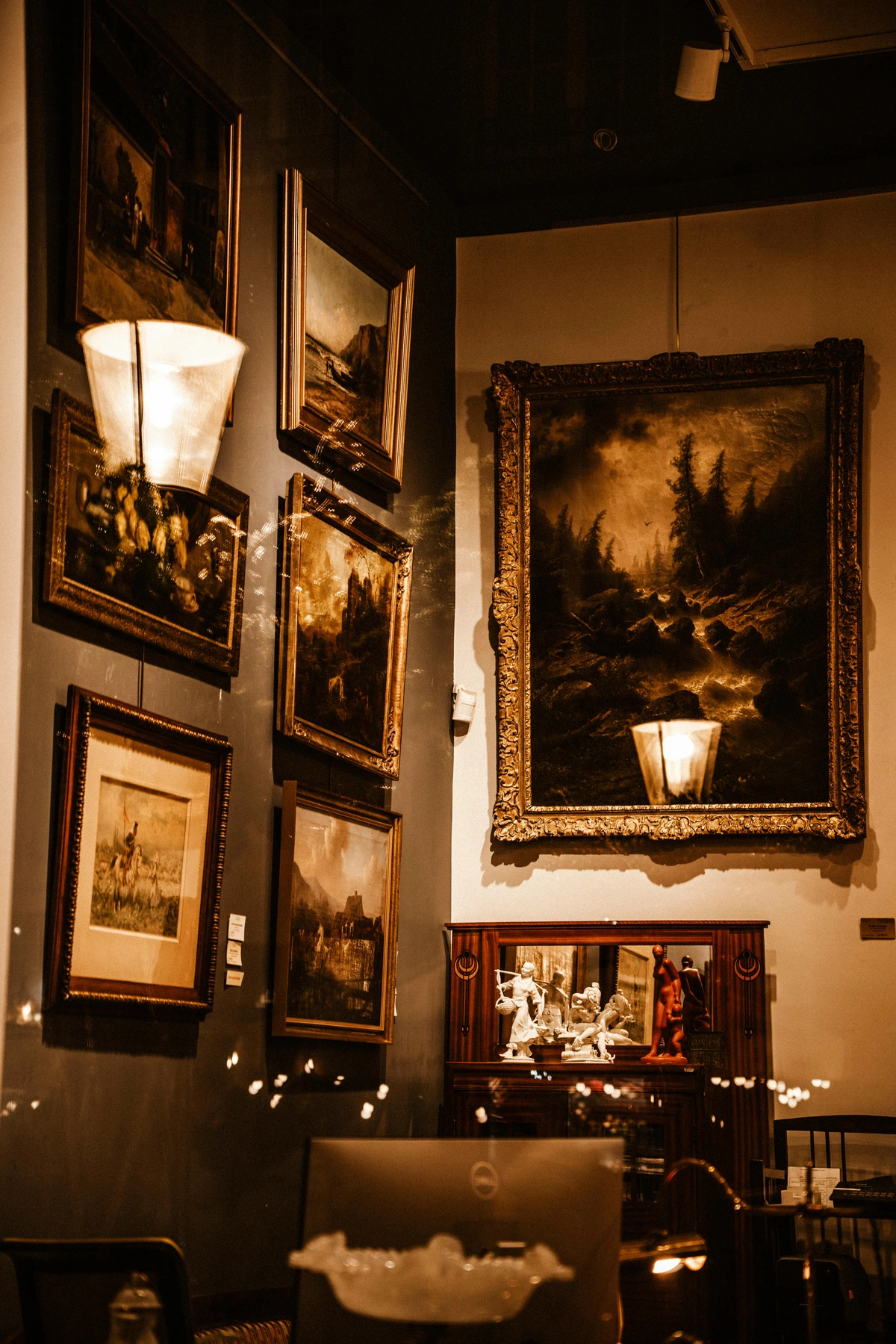
Conclusion: See the Light (and the Shadow)
Light and shadow are the artist's oldest tools for creating drama, depth, and emotion. From the bold statements of chiaroscuro to the subtle whispers of sfumato, the way light interacts with form is what makes a two-dimensional surface come alive. It's a language spoken across centuries and mediums, from the Renaissance studio to the modern digital canvas.
The next time you look at a piece of art, take a moment to really see the light and the shadow. Notice how it makes you feel, where it leads your eye, and what story it's silently telling. It's a fascinating layer of the artistic conversation, and once you start looking, you'll see it everywhere – not just in paintings, but in sculpture, photography, film, and even the way light falls in your own home.
It's a reminder that even in the darkest corners, light finds a way to define and reveal. And sometimes, the most interesting things are found right there, in the beautiful, dramatic dance between light and shadow. It's a dance I'm still learning, step by step, in my own studio in 's-Hertogenbosch, trying to capture that elusive magic in every brushstroke.




